
Can supercapacitors replace batteries in electric cars?
Content
Electric cars and hybrids are firmly rooted in the minds of modern motorists, as a new round in the evolution of vehicles. If we consider these cars in comparison with models equipped with ICE, they have their advantages and disadvantages.
The advantages always include the noiseless operation, as well as the absence of pollution during the ride (although today the manufacture of one battery for an electric car pollutes the environment more than 30 years of operation of a single diesel engine).
The main drawback of electric vehicles is the need to charge the battery. In conjunction with this, leading automakers are developing different options, as if to increase the battery life and increase the interval between charges. One such option is the use of supercapacitors.
Consider this technology as an example of a new automotive industry - Lamborghini Sian. What are the advantages and disadvantages of this development?
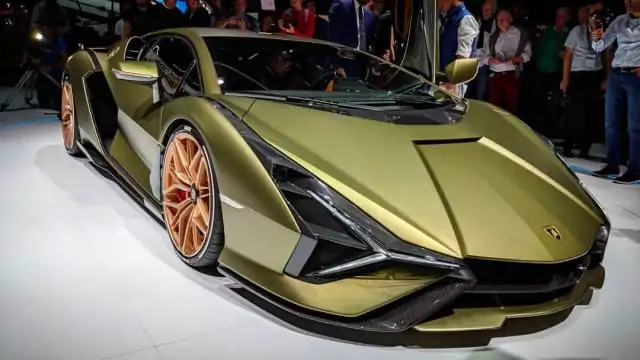
New in the electric car market
When the Lamborghini launches the hybrid, you can be sure that it will not be just a more powerful version of the Toyota Prius.
Sian, the debut of an Italian company in the field of electrification, is the first production hybrid car (as many as 63 copies), in which supercapacitors are used instead of lithium-ion batteries.
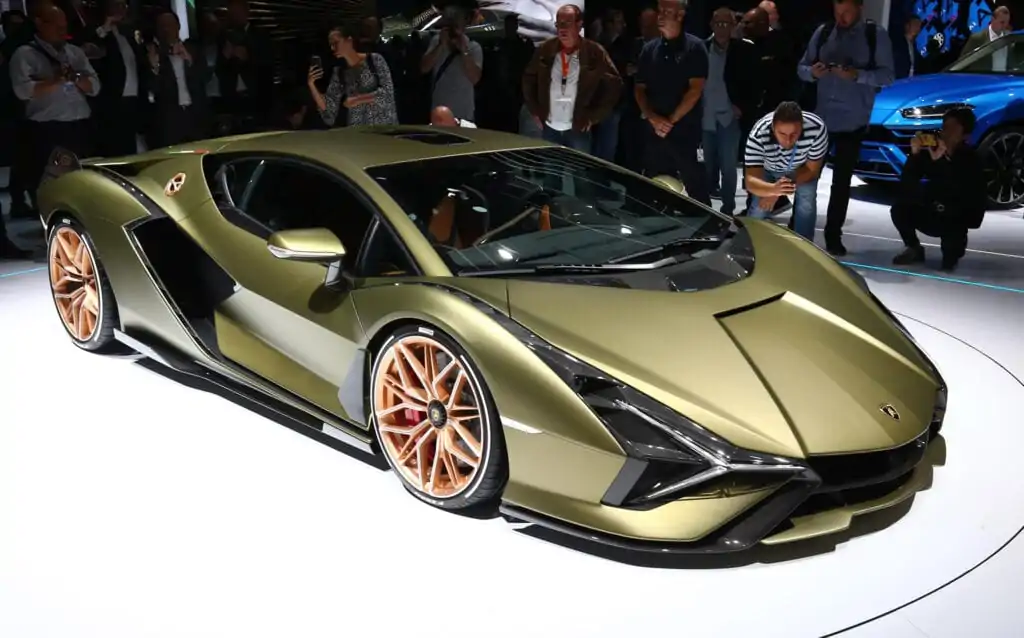
Many physicists and engineers believe that it is in them, and not in lithium-ion batteries, that lies the key to mass electric mobility. Sian uses such to store electricity and, if necessary, supply it to its small electric motor.
Advantages of supercapacitors
Compared to the most modern batteries, supercapacitors charge and release energy much faster. In addition, they can withstand significantly more charge and discharge cycles without loss of capacity.
In the case of Sian, the supercapacitor drives a 25 kilowatt electric motor, which is built into the gearbox. It can either provide an additional increase in the 6,5-liter V12 ICE with a capacity of 785 horsepower, or drive a sports car on its own during maneuvers at low speed, for example, when parking.
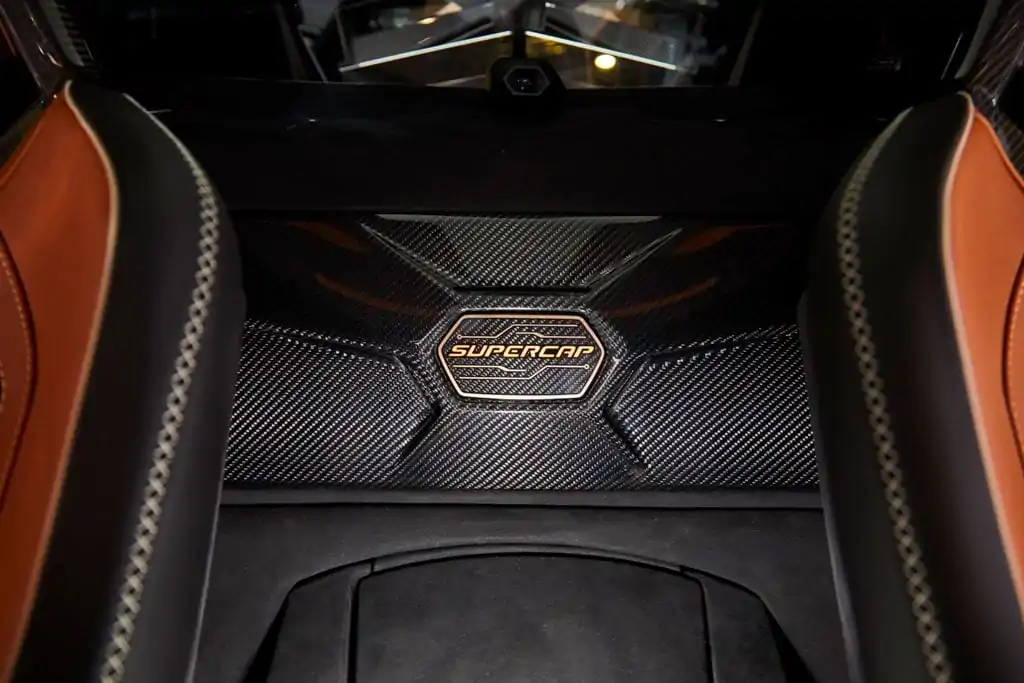
Since charging is very fast, this hybrid does not need to be connected to a wall outlet or charging station. Supercapacitors charge fully every time the car slows down. Battery hybrids also have braking energy recovery, but it’s slow and only partially helps extend the electric mileage.
The supercapacitor has another very big trump card: weight. In the Lamborghini Sian, the entire system – the electric motor plus the capacitor – adds only 34 kilograms to the weight. In this case, the increase in power is 33,5 horsepower. For comparison, the Renault Zoe battery alone (with 136 horsepower) weighs around 400kg.
Disadvantages of supercapacitors
Of course, supercapacitors also have disadvantages compared to batteries. Over time, they accumulate energy much worse - if Sian has not ridden for a week, there is no energy left in the capacitor. But there are also possible solutions to this problem. Lamborghini is working with the Massachusetts Institute of Technology (MIT) to create a purely electric model based on supercapacitors, the famous Terzo Millenio (Third Millennium) concept.
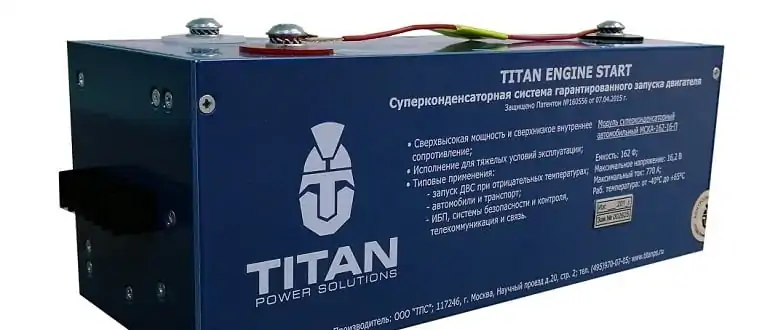
By the way, Lamborghini, which is under the auspices of the Volkswagen Group, is not the only company experimenting in this area. Peugeot hybrid models have been using supercapacitors for years, as have Toyota and Honda's hydrogen fuel cell models. Chinese and Korean manufacturers are installing them in electric buses and trucks. And last year, Tesla bought Maxwell Electronics, one of the world's largest supercapacitor makers, a sure sign that at least Elon Musk believes in the technology's future.
7 key facts for understanding supercapacitors
1 How batteries work
Battery technology is one of the things we have long taken for granted without thinking about how it works. Most people imagine that when charging, we simply “pour” electricity into the battery, like water into a glass.
But a battery does not store electricity directly, but only generates it when needed by a chemical reaction between two electrodes and a fluid (most commonly) separating them, called an electrolyte. In this reaction, the chemicals in it are converted into others. During this process, electricity is generated. When they are completely converted, the reaction stops - the battery is discharged.
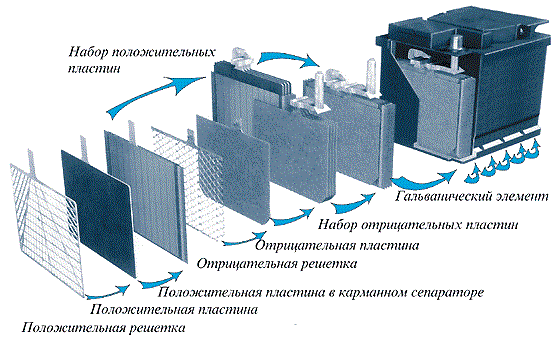
However, with rechargeable batteries, the reaction can also occur in the opposite direction - when you charge it, the energy starts the reverse process, which restores the original chemicals. This may be repeated hundreds or thousands of times, but inevitably there are losses. Over time, parasitic substances build up on the electrodes, so battery life is limited (typically 3000 to 5000 cycles).
2 How do capacitors
There are no chemical reactions in the capacitor. Positive and negative charge are produced exclusively by static electricity. Inside the capacitor are two conductive metal plates separated by an insulating material called a dielectric.
Charging is very similar to rubbing a ball into a woolen sweater so that it sticks with static electricity. Positive and negative charges accumulate in the plates, and the separator between them, which prevents them from coming into contact, is actually a means of energy storage. A capacitor can be charged and discharged even a million times without loss of capacity.
3 What are supercapacitors
Conventional capacitors are too small to store energy - usually measured in microfarads (millions of farads). This is why supercapacitors were invented in the 1950s. In their largest industrial variants, manufactured by companies such as Maxwell Technologies, the capacity reaches several thousand farads, that is, 10-20% of the capacity of a lithium-ion battery.
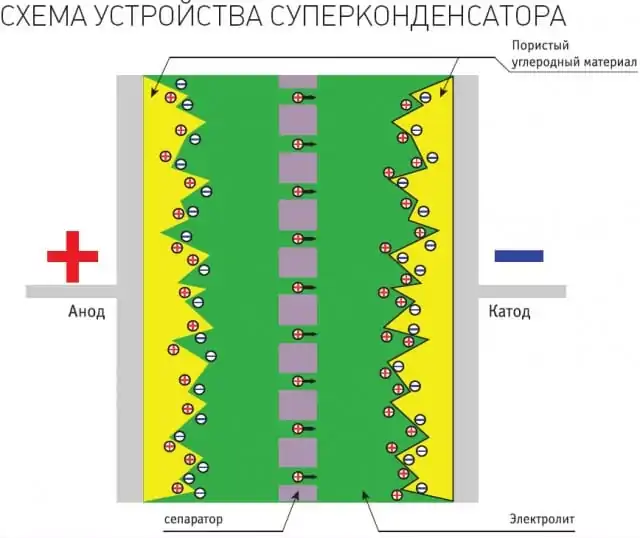
4 How supercapacitors work
Unlike conventional capacitors, there is no dielectric. Instead, the two plates are immersed in an electrolyte and separated by a very thin insulating layer. The capacitance of a supercapacitor actually increases as the area of these plates increases and the distance between them decreases. To increase surface area, they are currently coated with porous materials such as carbon nanotubes (so tiny that 10 billion of them fit in one square cm). The separator can be only one molecule thick with a layer of graphene.
To understand the difference, it is best to imagine electricity as water. A simple capacitor in this case will look like a paper towel, which can absorb a limited amount. A supercapacitor is a kitchen sponge in the example.
5 Batteries: Pros and Cons
Batteries have one significant advantage - high energy density, which allows them to store relatively large amounts of energy in a small reservoir.
However, they also have many disadvantages - heavy weight, limited life, slow charging and relatively slow energy release. In addition, toxic metals and other dangerous substances are used for their production. Batteries are only efficient over a narrow temperature range, so they often need to be cooled or heated, reducing their high efficiency.
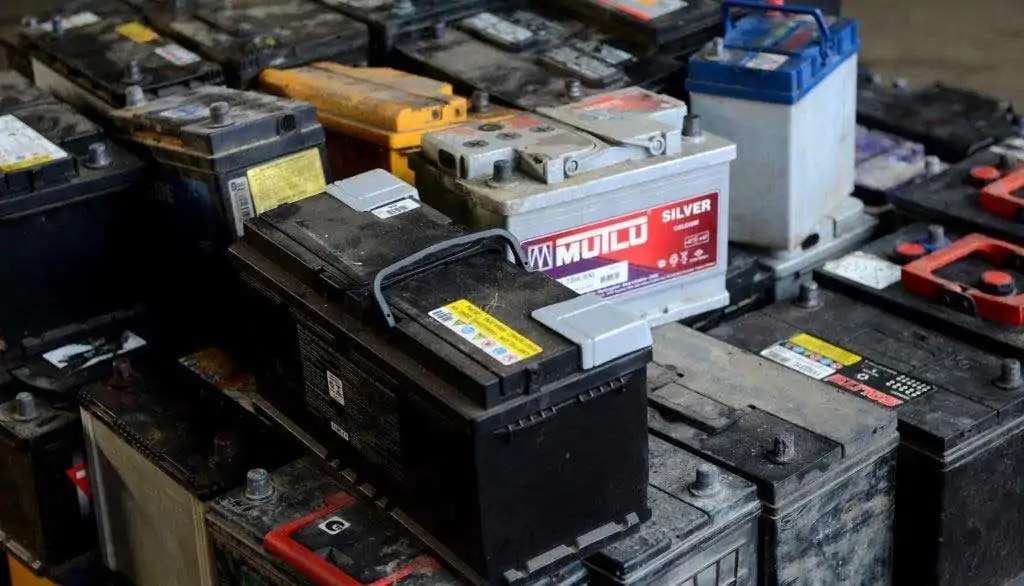
6 Supercapacitors: Pros and Cons
Supercapacitors are much lighter than batteries, their life is incomparably longer, they do not require any hazardous substances, they charge and release energy almost instantly. Since they have almost no internal resistance, they do not consume energy to function - their efficiency is 97-98%. Supercapacitors operate without significant deviations in the entire range from -40 to +65 degrees Celsius.
The disadvantage is that they store significantly less energy than lithium-ion batteries.
7 New materials
Even the most advanced modern supercapacitors can not completely replace the batteries in electric vehicles. But many scientists and private companies are working to improve them. For example, in the UK, Superdielectrics works with materials originally created for contact lens manufacturing.
Skeleton Technologies is working with graphene, an allotropic form of carbon. One layer one atom thick is 100 times stronger than high-strength steel, and just 1 gram of it can cover 2000 square meters. The company installed graphene supercapacitors in conventional diesel vans and achieved 32% fuel savings.
Despite the fact that supercapacitors still can not completely replace the battery, today there is a positive trend in the development of this technology.
Questions and answers:
How does a supercapacitor work? It works in the same way as a high-capacity capacitor. In it, electricity is accumulated due to static during the polarization of the electrolyte. Although it is an electrochemical device, no chemical reaction takes place.
What is a supercapacitor for? Supercapacitors are used for energy storage, starting motors, in hybrid vehicles, as sources of short-term current.
How is a supercapacitor different from different types of batteries? The battery is capable of generating electricity by itself through a chemical reaction. The supercapacitor only accumulates the released energy.
Where is the Supercapacitor used? Low capacity capacitors are used in flash units (fully discharged) and in any system that requires a large number of discharge / charge cycles.

One comment
Aloysius
Please add to hipercondeser Cons: “Explodes like a grenade at a short circuit.”